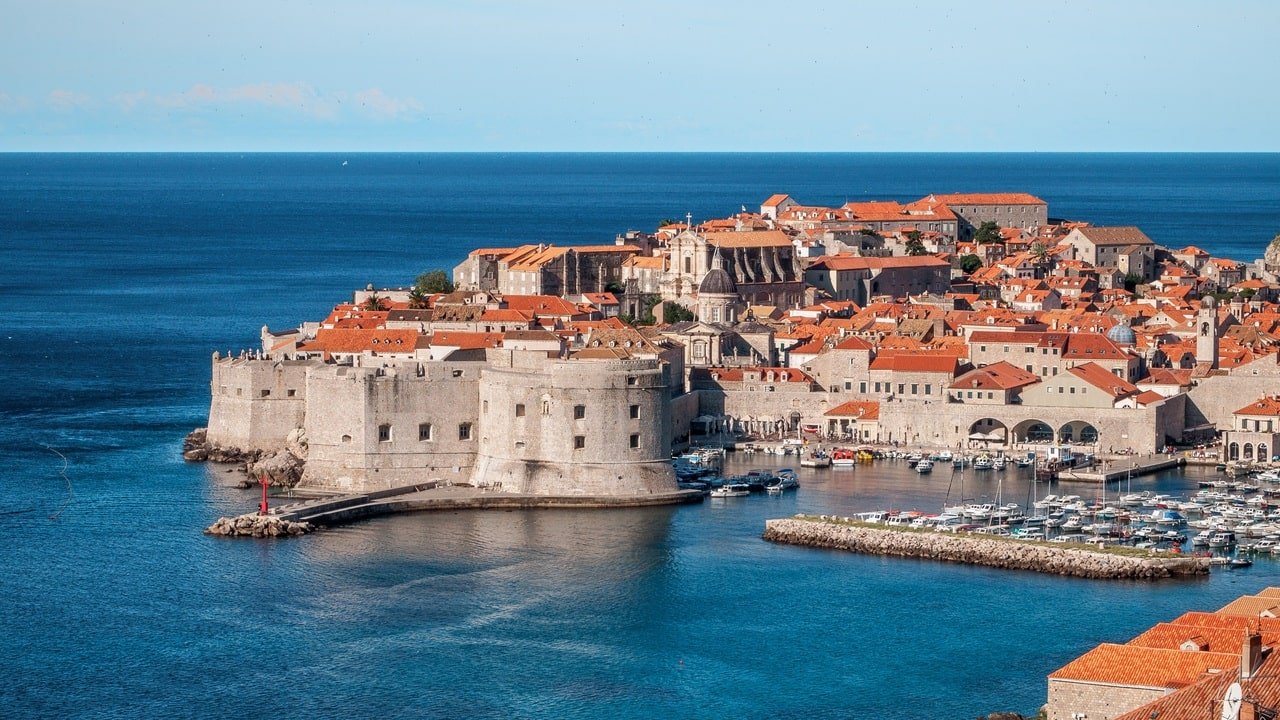In an age where tropical beaches, azure skies, and lush landscapes are often portrayed as the epitome of paradise, many communities nestled in these idyllic settings are facing a unique set of challenges that complicate their everyday lives. From economic pressures to environmental concerns, the reality behind the picturesque views reveals a complex tapestry of issues that residents navigate daily.
The Allure of Paradise
Places like Bali, the Maldives, and the Caribbean islands are frequently marketed as dream destinations for tourists seeking sun-soaked escapes. However, for the local residents, this allure comes with a myriad of difficulties. “It’s beautiful here, but it’s not as simple as people think,” says Maria, a lifelong resident of a small coastal village in Bali. “We have to balance tourism with our traditions and the environment.”
Economic Pressures
Tourism is often touted as a boon for local economies, bringing in jobs and investments. Yet, this influx can lead to rising costs of living and displacement of local populations. “Housing prices have skyrocketed since the pandemic,” says David, a fisherman turned hotel manager in the Caribbean. “It’s hard for locals to afford homes when resorts are buying up land for new developments.”
Many communities are witnessing a shift in employment dynamics as well. While the tourism industry provides jobs, they are often low-paying and seasonal. As a result, locals must juggle multiple jobs or seek opportunities in cities, leading to a brain drain that undermines community cohesion.
Environmental Challenges
The natural beauty that draws tourists can also be fragile. Climate change poses a significant threat to these paradisiacal locales, with rising sea levels, coral bleaching, and extreme weather events becoming more frequent. “We see the effects of climate change every day,” explains Lena, an environmental activist in the Maldives. “Our islands are eroding, and our resources are dwindling.”
Residents are often caught in a struggle between preserving their environment and meeting the demands of a booming tourist economy. “We want to protect our heritage and nature, but we also need jobs,” Lena adds.
Cultural Preservation
As tourists flock to these paradises, cultural integrity is at risk. Many locals feel pressure to conform to the expectations of visitors, often sacrificing their traditions and lifestyles for economic gain. “People come here looking for authenticity, but what they find is often a performance of our culture,” Maria laments. “It’s a delicate balance.”
Initiatives are emerging to promote sustainable tourism that respects local cultures and environments. Community-led projects are gaining traction, allowing residents to share their heritage while ensuring that tourism benefits the local economy without compromising authenticity.
Conclusion
While the notion of paradise evokes images of relaxation and bliss, the reality for many residents is one of complexity and compromise. The beauty of their surroundings is often accompanied by challenges that require resilience and innovation. As communities strive to create a sustainable future, the question remains: how can they preserve their paradise while navigating the intricacies of modern life?

Leave a Reply Cancel reply